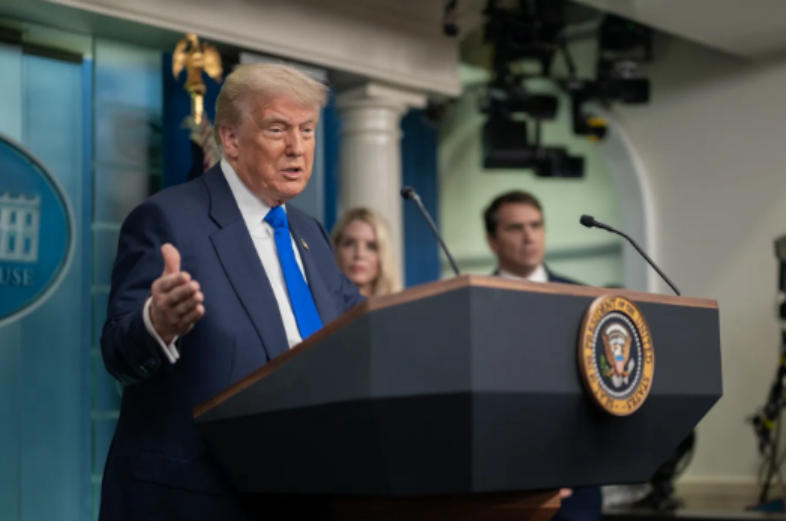According to foreign media reports, on July 8, during a cabinet meeting at the White House, U.S. President Trump revealed that he would announce a 50% tariff on imported copper later that day, although he did not specify the effective date. Copper is essential for electric vehicles, military equipment, power grids, and numerous consumer goods, and Trump's move aims to boost domestic copper production in the U.S. U.S. Secretary of Commerce Howard Lutnick mentioned in a CNBC interview on July 8 that the copper tariff is likely to be implemented by the end of July or by August 1. Notably, the Trump administration announced the initiation of an investigation into imported copper under Section 232 earlier this year in February, which was originally set to conclude in November. It remains unclear whether the introduction of the new tariff means the investigation has been terminated. The White House has not yet responded to requests for comment regarding the report; the National Mining Association has declined to comment, expressing a preference to wait for details to be announced; the National Mining Association of America also did not immediately respond to requests for comment. Trump's decision on copper tariffs has surprised the market, with both the timing and the tax rate exceeding industry expectations. Following the announcement, copper futures on the COMEX rose over 12%, reaching a historic high. Shares of Freeport-McMoRan, the world's largest copper producer based in Phoenix, surged nearly 5% during afternoon trading on July 8. However, while Freeport-McMoRan stands to benefit from the U.S. copper import tariffs, it is also concerned that this move could harm the global economy, advising Trump to focus on increasing domestic copper production. The company produced 1.26 billion pounds of copper in the U.S. last year. Additionally, data from the U.S. Census Bureau indicates that any new U.S. copper tariffs would most significantly impact Chile, Canada, and Mexico, which are the primary suppliers of refined copper, copper alloys, and copper products to the U.S. in 2024. Chile, Canada, and Peru (the top three copper suppliers to the U.S.) have free trade agreements with the U.S. and have communicated to the Trump administration that imports of copper from these countries do not pose a threat to U.S. interests and therefore should not face tariff risks. The Mexican Ministry of Economy, the Chilean Ministry of Foreign Affairs, and the Canadian Ministry of Finance have not yet responded to requests for comments; the Chilean Ministry of Mining and Codelco, the national copper company of Chile, also declined to comment. Ole Hansen, head of commodity strategy at Saxo Bank, pointed out that a 50% tariff on imported copper will harm U.S. companies that use copper since the U.S. will not achieve self-sufficiency for years. 'The U.S. has already imported a year's worth of copper demand in the past six months, so local inventories are ample. I believe that after an initial price surge, copper prices will see a correction.' Copper is widely used in various industries, including construction, transportation, and electronics; however, approximately half of the copper demand in the U.S. relies on imports each year. In recent years, several large copper mining projects in the U.S. have faced strong opposition due to various controversies, including Rio Tinto and BHP's Resolution copper project in Arizona and Northern Dynasty Minerals' Pebble Mine project in Alaska.
Trump to Announce 50% Tariff on Copper Imports

Share this post on: